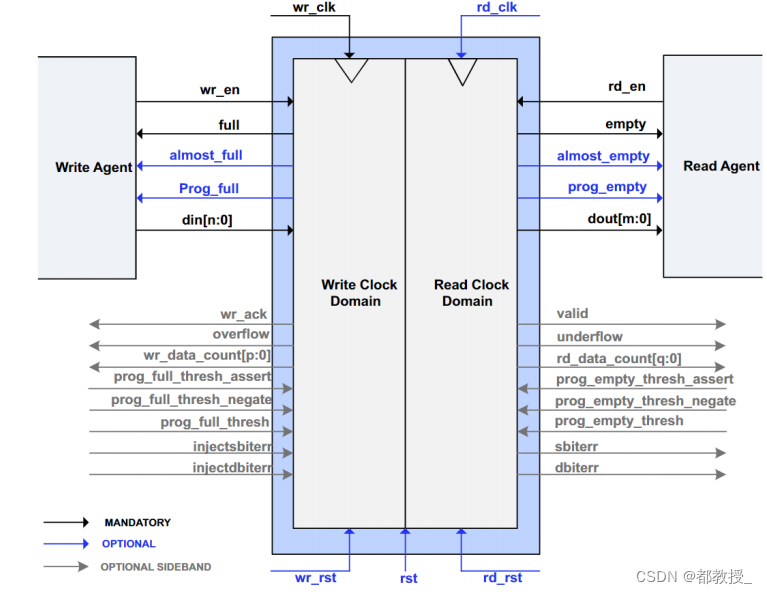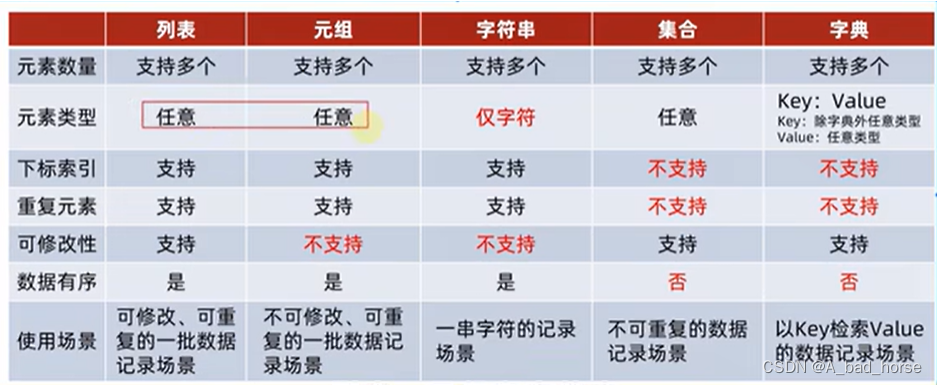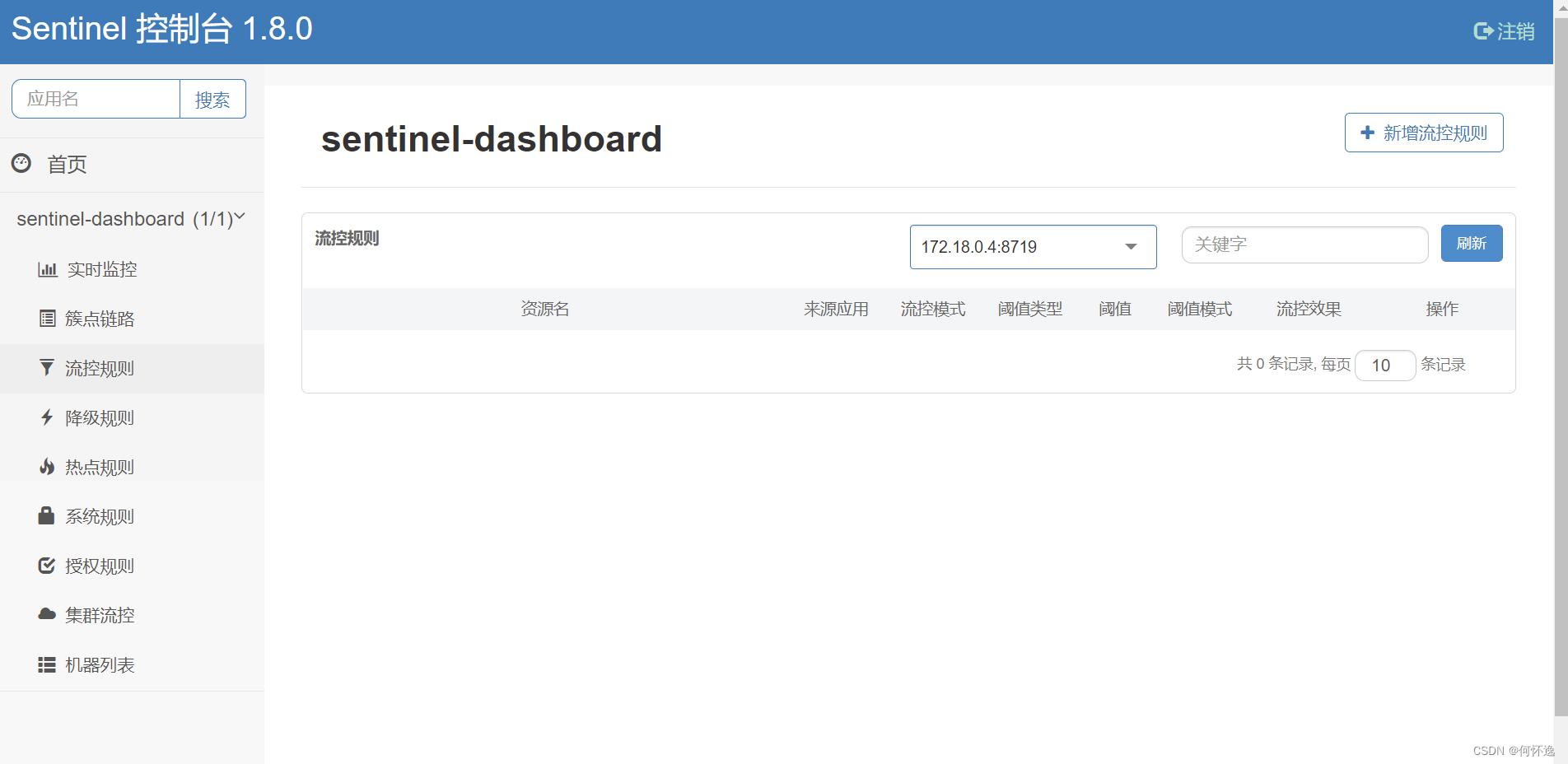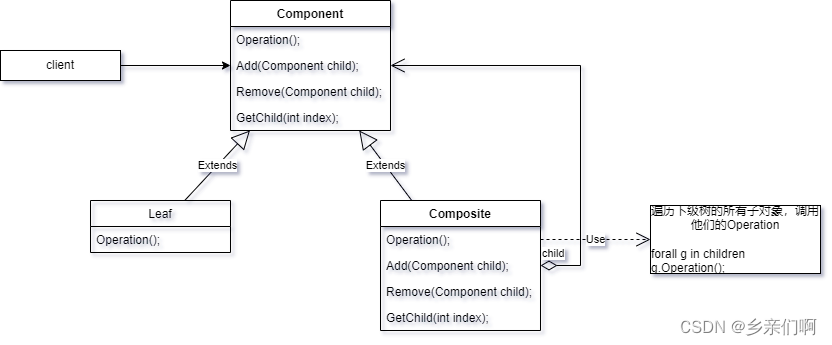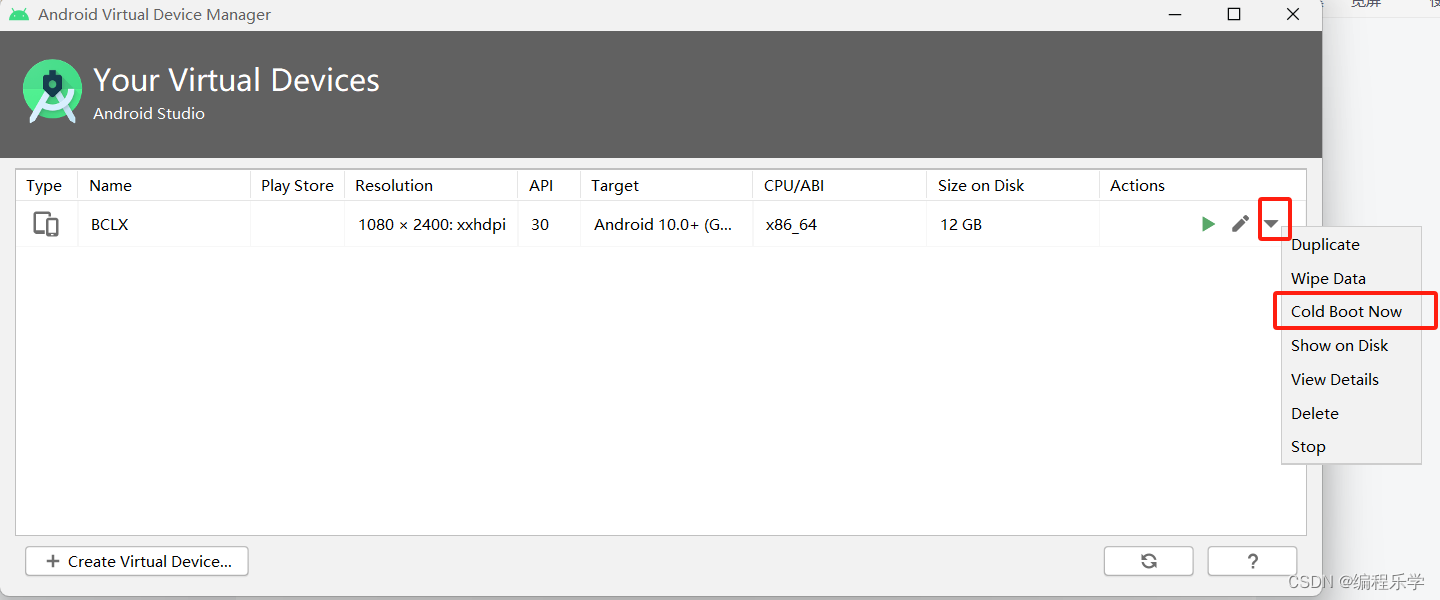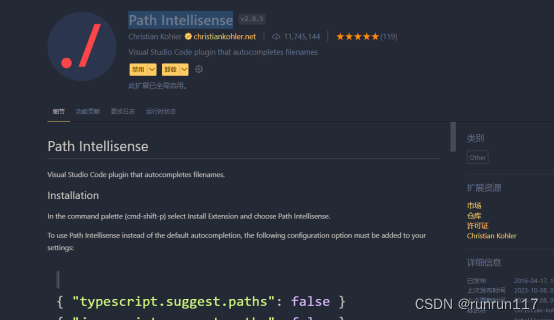AtomicBoolean提供了一种原子性地读写布尔类型变量的解决方
案,通常情况下,该类将被用于原子性地更新状态标识位,比如
flag。
1.基本用法
1.1.AtomicBoolean的创建
// AtomicBoolean 无参构造
AtomicBoolean ab = new AtomicBoolean();
assert !ab.get();
// AtomicBoolean 无参构造,等价于 AtomicBoolean(false)
ab = new AtomicBoolean(false);
assert !ab.get();
1.2.AtomicBoolean值的更新
**compareAndSet(boolean expect, boolean update):**对比并且设置boolean最新的值,类似于AtomicInteger的compareAndSet 方法,期望值与AtomicBoolean的当前值一致时执行新值的设置动作,若设置成功则返回true,否则直接返回false。
// 无参构造AtomicBoolean,默认为false
AtomicBoolean ab = new AtomicBoolean();
// 更改失败
assert !ab.compareAndSet(true, false);
// ab.get()==false
assert !ab.get();
// 更改成功
assert ab.compareAndSet(false, true);
// 更改后的值为true
assert ab.get();
weakCompareAndSet(boolean expect, boolean update): 同上。
set(boolean newValue): 设置AtomicBoolean最新的value值,该新值的更新对其他线程立即可见。
// 无参构造AtomicBoolean,默认为false
AtomicBoolean ab = new AtomicBoolean();
assert !ab.get();
// 设置新值,AtomicBoolean的最新值为true
ab.set(true);
assert ab.get();
getAndSet(boolean newValue): 返回AtomicBoolean的前一个布尔值,并且设置新的值。
// 无参构造AtomicBoolean,默认值为false
AtomicBoolean ab = new AtomicBoolean();
assert !ab.get();
// 前值依然为false
assert !ab.getAndSet(true);
// 更新后的结果为true
assert ab.get();
lazySet(boolean newValue): 设置AtomicBoolean的布尔值,同AtomicInteger的lazySet方法
get(): 获取AtomicBoolean的当前布尔值
2.AtomicBoolean源码分析
AtomicBoolean的实现方式比较类似于AtomicInteger类,实际上AtomicBoolean内部的value本身就是一个volatile关键字修饰的int类 型的成员属性。
public class AtomicBoolean implements java.io.Serializable {
private static final long serialVersionUID =
4654671469794556979L;
// setup to use Unsafe.compareAndSwapInt for updates
private static final Unsafe unsafe = Unsafe.getUnsafe();
// valueOffset将用于存放value的内存地址偏移量
private static final long valueOffset;
static {
try {
// 获取value的内存地址偏移量
valueOffset = unsafe.objectFieldOffset
(AtomicInteger.class.getDeclaredField("value"));
} catch (Exception ex) {
throw new Error(ex); }
}
private volatile int value;
3.代码示例
import java.util.concurrent.atomic.AtomicBoolean;
public class TryLock {
// 1.在TryLock内部,我们借助于AtomicBoolean 的布尔原子性操作方法
// 因此需要先定义一个AtomicBoolean并且使其初值为false
private final AtomicBoolean ab = new AtomicBoolean(false);
// 2.线程保险箱,用于存放与线程上下文关联的数据副本
private final ThreadLocal<Boolean> threadLocal = ThreadLocal.withInitial(()->false);
// 可立即返回的lock方法
public boolean tryLock()
{
// 3.借助于AtomicBoolean的CAS操作对布尔值进行修改
boolean result = ab.compareAndSet(false, true);
if (result)
{
// 4.当修改成功时,同步更新threadLocal的数据副本值
threadLocal.set(true);
}
return result;
}
// 锁的释放
public boolean release()
{
// 5.判断调用release方法的线程是否成功获得了该锁
if (threadLocal.get())
{
// 6.标记锁被释放,并且原子性地修改布尔值为false
threadLocal.set(false);
return ab.compareAndSet(true, false);
} else
{
// 直接返回
return false;
}
}
}
1处,我们定义了一个AtomicBoolean类型的属性ab,其初始值为false,表明当前的锁未被任何线程获得,也就是说某线程可以成功获得对该锁的持有。
2处,我们定义了一个ThreadLocal<Boolean>,并且重写其初始化方法返回false,该ThreadLocal的使用在TryLock中非常关键,我们都知道显式锁为了确保锁能够被正确地释放,一般会借助于try..finally语句块以确保release方法能够被执行,因此
为了防止某些未能成功获取锁的线程在执行release方法的时候改变ab的值,我们需要借助于ThreadLocal<Boolean>中的数据副本进行标记和判断。
3处,我们使用AtomicBoolean的compareAndSet 方法对ab当前的布尔值进行CAS操作,当预期值与ab当前值一致时操作才能成功,否则操作将直接失败,因此执行该方法的线程不会进入阻塞,这一点很关键。
如果某线程成功执行了对ab当前布尔值的修改,那么我们需要将其在(4处)ThreadLocal<Boolean>关联的数据副本标记为true,以标明当前线程成功获取了对TryLock的持有。release方法需要秉承一个原则,那就是只有成功获得该锁的线程才有资格对其进行释放,反映到我们的代码中就是执行对ab当前值布尔值的更新动作,见5处。
6处确认当前有资格进行锁的释放以后,就可以对ab当前布尔值进行更新操作了,并且标记当前线程已将锁释放。
import java.util.ArrayList;
import java.util.List;
import java.util.concurrent.TimeUnit;
import static java.lang.Thread.currentThread;
import static java.util.concurrent.ThreadLocalRandom.current;
public class TryLockExample
{
private final static Object VAL_OBJ = new Object();
public static void main(String[] args)
{
// 定义TryLock锁
final TryLock lock = new TryLock();
final List<Object> validation = new ArrayList<>();
// 启动10个线程,并且不断地进行锁的获取和释放动作
for (int i = 0; i < 10; i++)
{
new Thread(() ->
{
while (true)
{
try
{
// 尝试获取该锁,该方法并不会导致当前线程进入阻塞
if (lock.tryLock())
{
System.out.println(currentThread() + ": get the lock.");
// 进行校验,以确保validation中只存在一个元素
if (validation.size() > 1)
{
throw new
IllegalStateException("validation failed.");
}
validation.add(VAL_OBJ);
TimeUnit.MILLISECONDS.sleep(current().nextInt(10));
} else
{
// 未获得锁,简单做个休眠,以防止出现CPU过高电脑死机的情况发生
TimeUnit.MILLISECONDS.sleep(current().nextInt(10));
}
} catch (InterruptedException e)
{
e.printStackTrace();
} finally
{
// 在finally语句块中进行锁的释放操作
if (lock.release())
{
System.out.println(currentThread() + ": release the lock.");
validation.remove(VAL_OBJ);
}
}
}
}).start();
}
}
}
运行结果
Thread[Thread-0,5,main]: get the lock.
Thread[Thread-0,5,main]: release the lock.
Thread[Thread-0,5,main]: get the lock.
Thread[Thread-0,5,main]: release the lock.
Thread[Thread-0,5,main]: get the lock.
Thread[Thread-0,5,main]: release the lock.
Thread[Thread-0,5,main]: get the lock.
Thread[Thread-0,5,main]: release the lock.
Thread[Thread-0,5,main]: get the lock.
Thread[Thread-0,5,main]: release the lock.
Thread[Thread-0,5,main]: get the lock.
Thread[Thread-0,5,main]: release the lock.
Thread[Thread-0,5,main]: get the lock.
Thread[Thread-0,5,main]: release the lock.
Thread[Thread-0,5,main]: get the lock.
Thread[Thread-0,5,main]: release the lock.
Thread[Thread-0,5,main]: get the lock.
Thread[Thread-0,5,main]: release the lock.
Thread[Thread-0,5,main]: get the lock.
Thread[Thread-0,5,main]: release the lock.
Thread[Thread-0,5,main]: get the lock.
Thread[Thread-0,5,main]: release the lock.
Thread[Thread-0,5,main]: get the lock.
Thread[Thread-0,5,main]: release the lock.
Thread[Thread-4,5,main]: get the lock.
Thread[Thread-4,5,main]: release the lock.
Thread[Thread-4,5,main]: get the lock.
Thread[Thread-4,5,main]: release the lock.
Thread[Thread-4,5,main]: get the lock.
Thread[Thread-4,5,main]: release the lock.
Thread[Thread-4,5,main]: get the lock.
Thread[Thread-4,5,main]: release the lock.
Thread[Thread-4,5,main]: get the lock.
Thread[Thread-4,5,main]: release the lock.
Thread[Thread-4,5,main]: get the lock.
Thread[Thread-4,5,main]: release the lock.
Thread[Thread-4,5,main]: get the lock.
Thread[Thread-4,5,main]: release the lock.
Thread[Thread-4,5,main]: get the lock.
Thread[Thread-4,5,main]: release the lock.
Thread[Thread-4,5,main]: get the lock.
。。。忽略
4.总结
AtomicBoolean的使用方法,通常情况下,我们可以使 用AtomicBoolean来进行某个flag的开关控制。



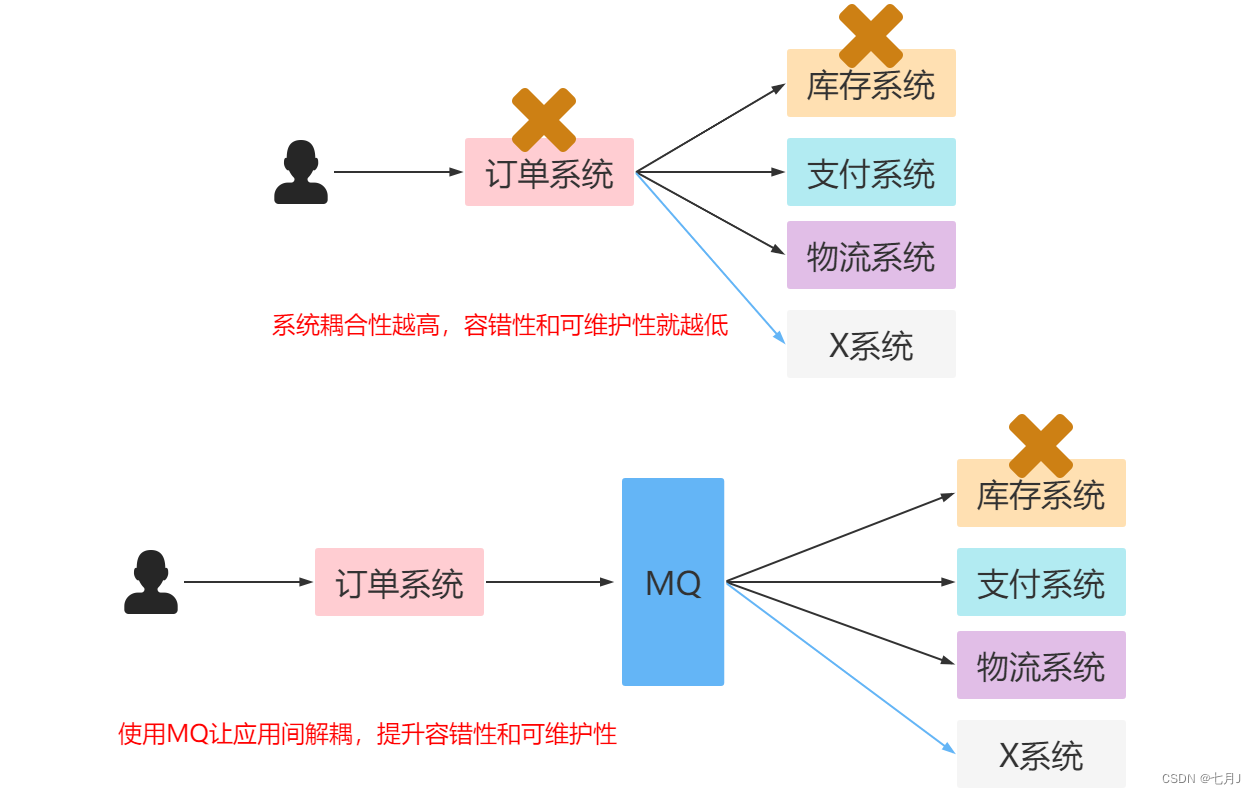
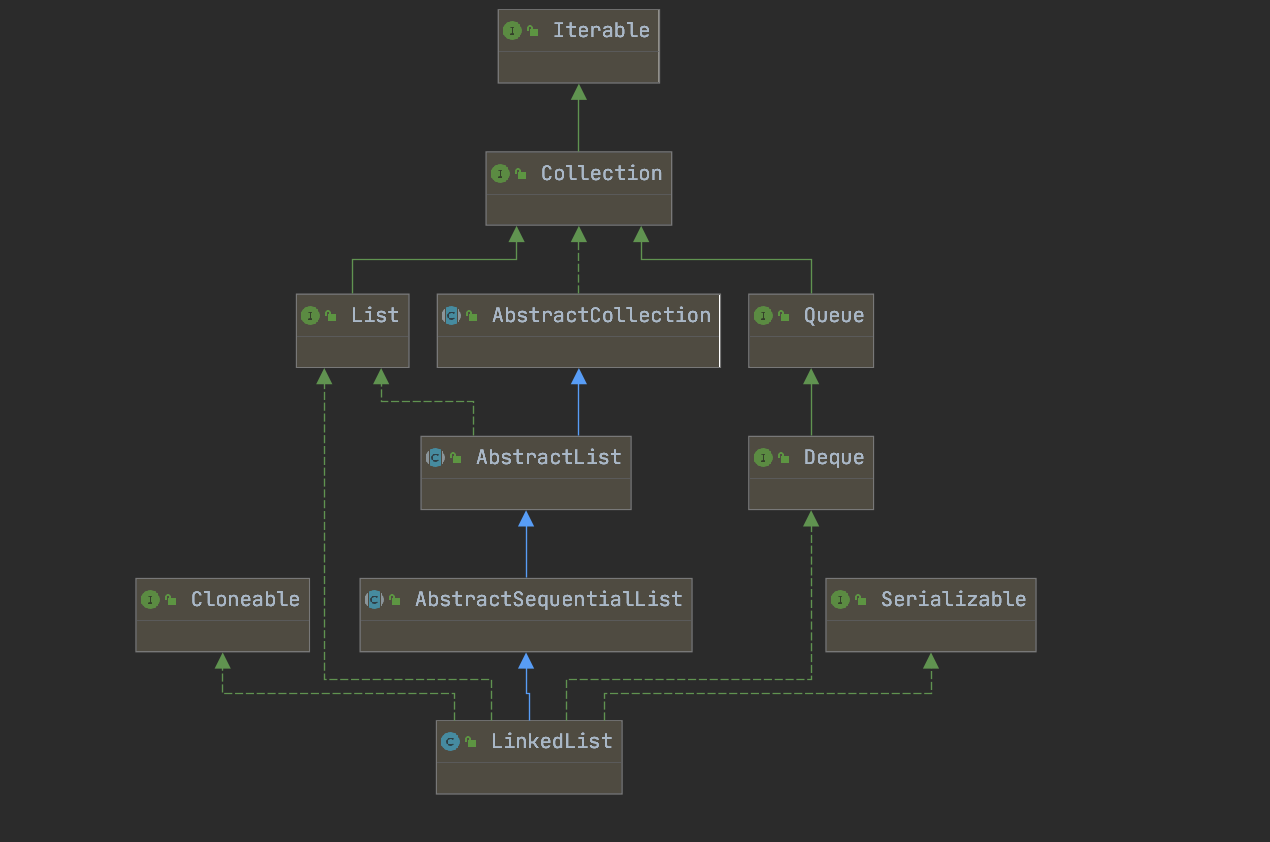






















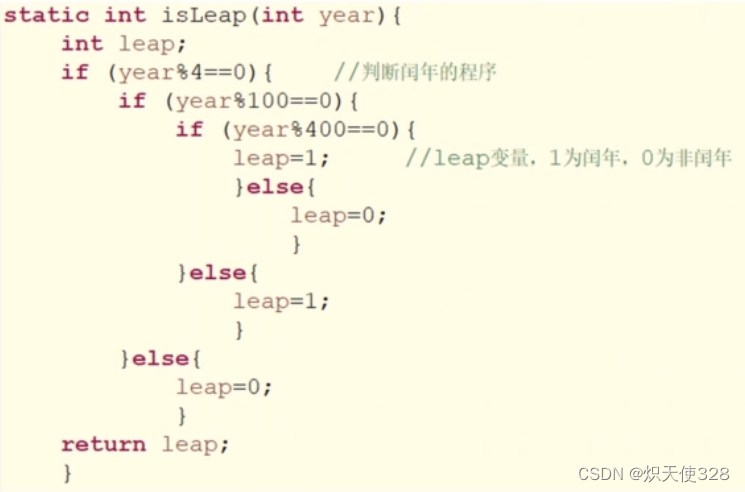

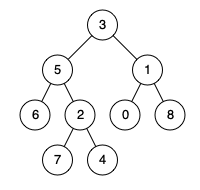

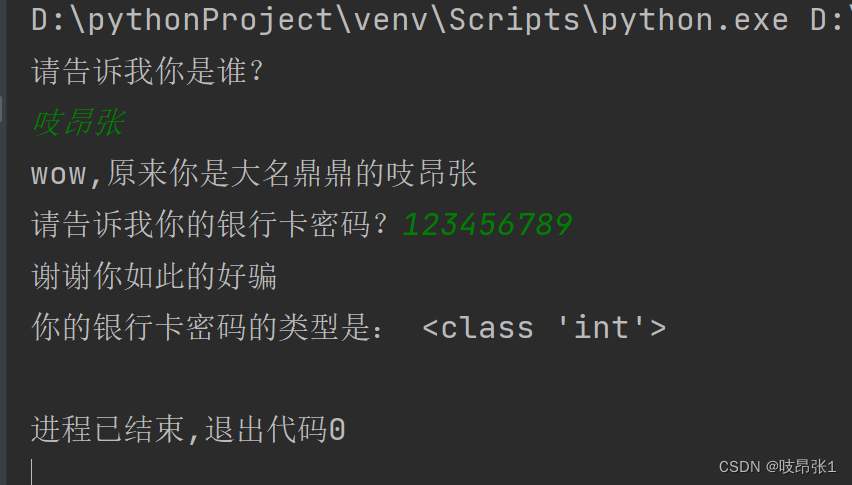
![Unity文字转语音(使用RT-Voice PRO [2023.1.0])](https://img-blog.csdnimg.cn/2020122118260934.png?x-oss-process=image/watermark,type_ZmFuZ3poZW5naGVpdGk,shadow_10,text_aHR0cHM6Ly9ibG9nLmNzZG4ubmV0L3FxXzQzMjQ2NTI5,size_16,color_FFFFFF,t_70)

